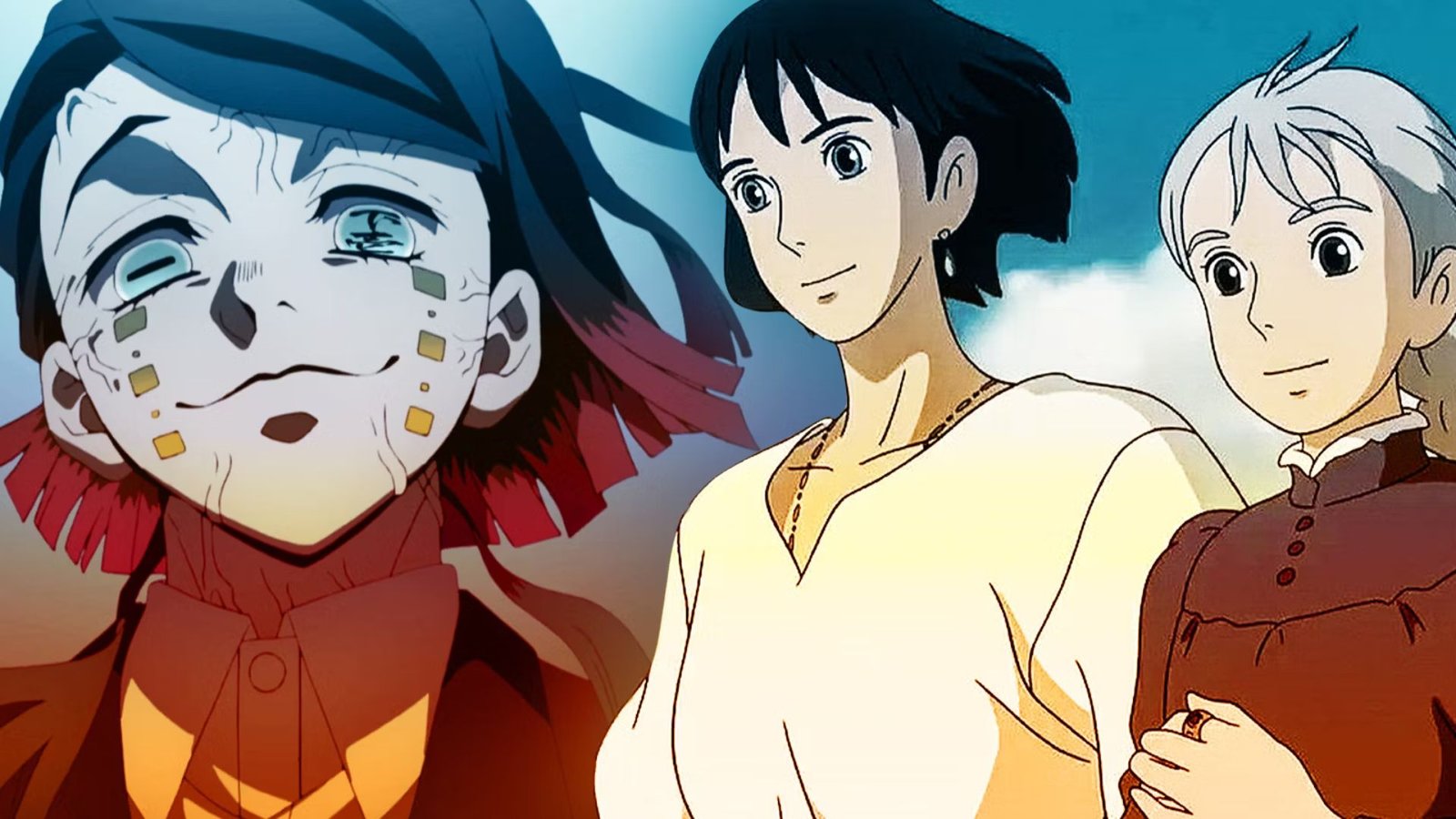The Rise of CGI in Japanese Anime: A Blessing or a Curse?
The integration of CGI (computer-generated imagery) into Japanese anime has sparked a heated debate among fans, creators, and critics alike. This technological advancement, which began as a novel tool for enhancing visual storytelling, has evolved to become a significant element in modern anime production. While some view CGI as a blessing that brings new possibilities and efficiencies, others see it as a curse that threatens the traditional artistry of anime. Here’s a closer look at the rise of CGI in Japanese anime and its implications.

The Evolution of CGI in Anime
CGI started making its way into anime in the early 2000s, initially used sparingly for specific effects or backgrounds. Over time, its use expanded to encompass more significant aspects of animation, including character design, special effects, and even entire scenes. This shift is largely due to the increasing demand for visually stunning content and the need to streamline production processes. As technology advanced, CGI became more sophisticated, allowing for greater creativity and complexity in animation.
The Benefits of CGI in Anime
One of the primary advantages of CGI is its ability to create visually striking effects that are challenging to achieve with traditional hand-drawn animation alone. For instance, CGI allows for intricate action sequences, realistic landscapes, and dynamic camera movements that can enhance the overall viewing experience. In series like “Attack on Titan,” CGI has been used to create the impressive, fluid action scenes involving the Titans and their battle with humanity.
Additionally, CGI can significantly reduce production time and costs. Traditional animation involves meticulous hand-drawing and inking, which can be labor-intensive and time-consuming. CGI streamlines these processes by automating certain tasks, thus accelerating production schedules and reducing costs. This efficiency is crucial in an industry where deadlines are tight and budgets are constrained.
The Challenges and Criticisms of CGI
Despite its advantages, CGI in anime has faced criticism from purists who argue that it undermines the traditional art form. Many anime fans cherish the hand-drawn aesthetic, which they feel imbues the animation with a unique charm and warmth. CGI can sometimes appear too polished or detached, potentially disrupting the emotional resonance of the animation. For example, in “The Legend of Zelda: Breath of the Wild,” the use of CGI was criticized by some for its stark contrast to the more traditional elements of the game’s design.
Furthermore, the reliance on CGI can lead to a homogenization of visual styles. As more studios adopt CGI, there’s a risk that anime may lose some of its distinctive artistic diversity. This trend could result in a more uniform appearance across different shows and genres, diminishing the unique visual flair that hand-drawn animation offers.
Balancing Tradition and Innovation
The key to leveraging CGI effectively lies in finding a balance between tradition and innovation. Many modern anime productions incorporate CGI while maintaining the essence of hand-drawn animation. For instance, Studio Ghibli’s “Earwig and the Witch” showcased how CGI can be blended with traditional animation techniques to create a fresh yet familiar visual experience. This hybrid approach allows creators to explore new possibilities without completely abandoning the traditional art form.
Conclusion
The rise of CGI in Japanese anime represents a significant shift in the industry, offering both exciting opportunities and challenging controversies. While CGI brings benefits such as enhanced visual effects and streamlined production, it also raises concerns about the potential loss of traditional artistry and the risk of visual homogenization. Ultimately, the success of CGI in anime depends on how well it can be integrated with traditional techniques to enrich the storytelling experience while preserving the unique charm of hand-drawn animation. As the industry continues to evolve, finding this balance will be crucial for maintaining the vibrancy and diversity of Japanese anime.


